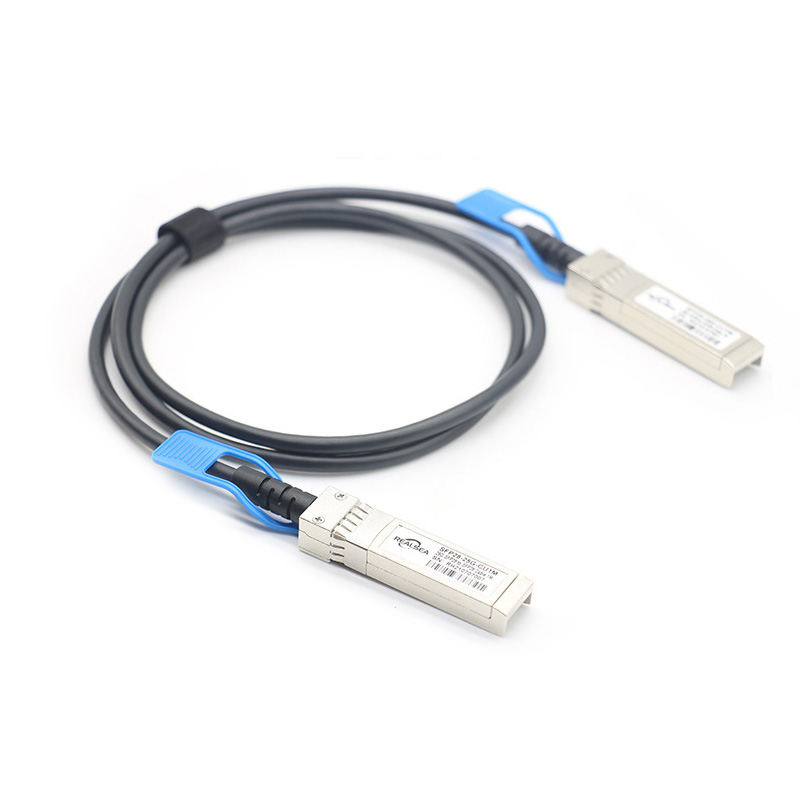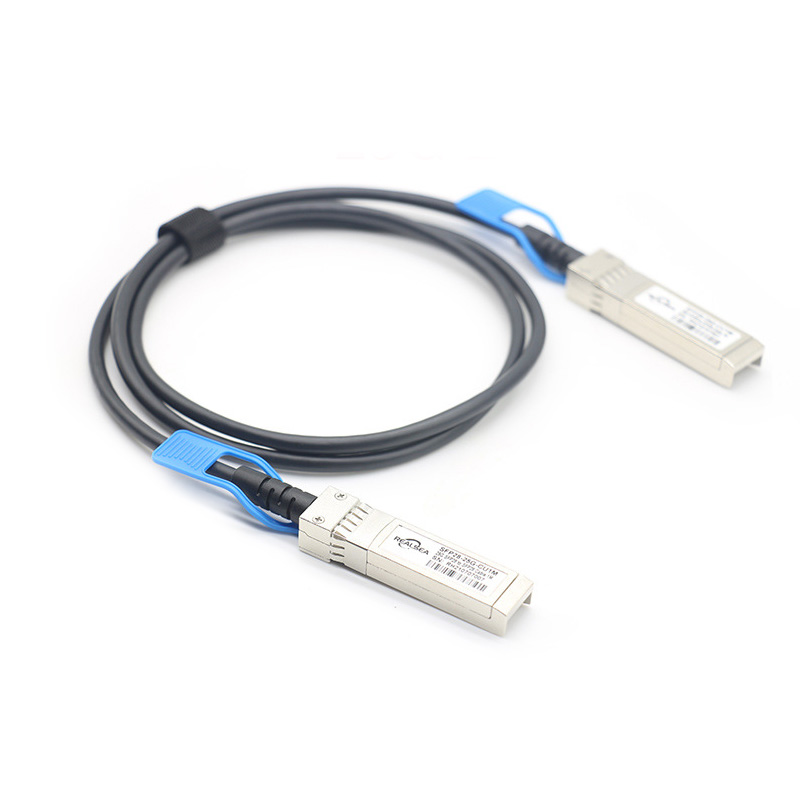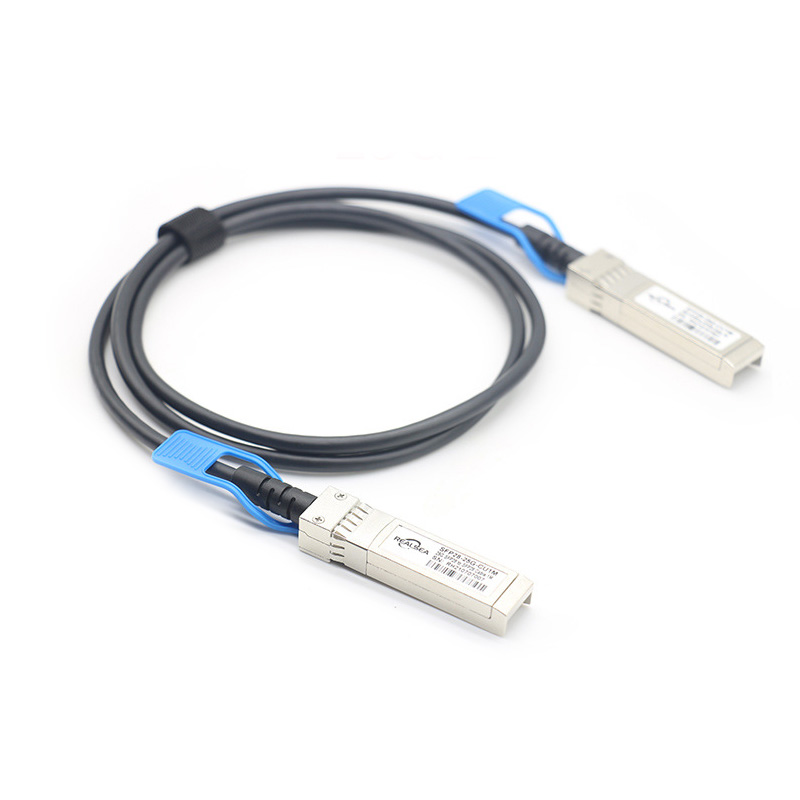Release Date: Aug 16,2022

Customers will encounter various fault problems more or less when using optical modules, such as whether the optical module model is selected correctly, whether the jumper used is correct and other common problems, the customer has the ability to judge and have a clear solution However, many customers do not know how to troubleshoot and solve some problems that occur during use, such as abnormal transmission. This article will focus on teaching you how to troubleshoot and solve three common types of optical module failures.
1. Troubleshooting and Solutions for Transmission Optical Modules
This type of optical module fault mainly includes the port is not UP, the port status is UP but does not receive or send packets, the port is frequently up or down, and CRC errors. The specific optical module troubleshooting methods and solutions are as follows:
1. The port is not UP
Taking the 10G SFP+/XFP optical module as an example, when the optical interface of the optical module cannot be connected to other devices, the following five aspects can be checked:
The first step is to check whether the speed and duplex mode of the ports on both ends match - run the "show interface brief" command to check. If they do not match, use the speed command and the duplex command to configure the port speed and duplex mode.
The second step is to check whether the speed and duplex mode of the device port and the optical module match - run the "show interface brief" command to check. If they do not match, use the speed command and the duplex command to configure the port speed and duplex mode.
The third step is to check whether the ports at both ends are normal—test whether the ports at both ends can be UP through loopback. Use 10G SFP+ direct-connect cables (suitable for short-distance connections, or use SFP+ optical modules and fiber patch cords) on the 10G SFP+ ports on the single board for interconnection, and use XFP optical modules and optical fibers on 10G XFP ports for testing , check whether the port can be UP. If it can be UP, it means that the remote port is abnormal; if it cannot be UP, it means that the local port is abnormal. You can check whether the fault is resolved by replacing the local port and the peer port.
The fourth step is to check whether the optical module is normal - mainly to check whether the parameters such as DDM, optical power, wavelength, and distance are normal. If not, replace the optical module that matches the optical interface.
The fifth step is to check whether the optical fiber is normal - for example, single-mode SFP+ optical module is matched with single-mode optical fiber, and multi-mode SFP+ optical module is matched with multi-mode optical fiber. If it does not match, replace the matching optical fiber immediately.

25G SFP28 DAC is a 25GBASE-CR direct attach copper cable for data center environment. It provides a high speed, cost-effective alternatives to fiber optics in 25GbE Ethernet applications.

fiber pigtail is typically a fiber optic cable with one end factory pre-terminated fiber connector and the other exposed fiber.

This Article just briefly overviews 10G and 25G Ethernet (25Gb) technologies, focusing on the SFP+ transceiver and SFP28 transceiver.